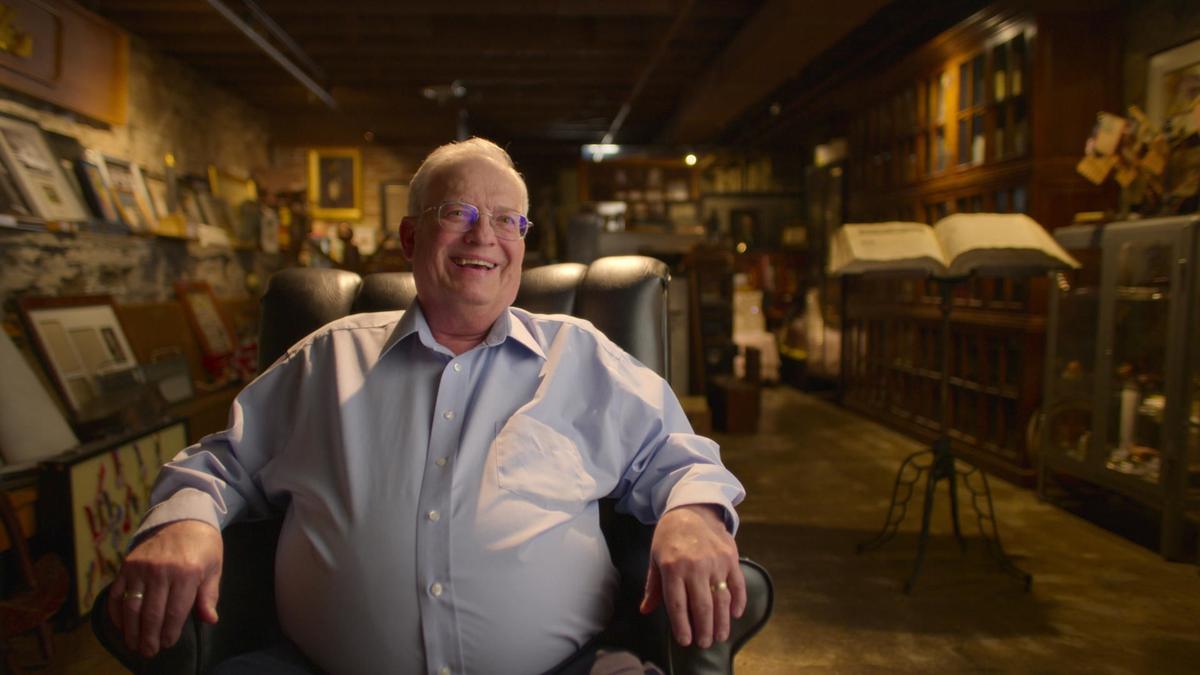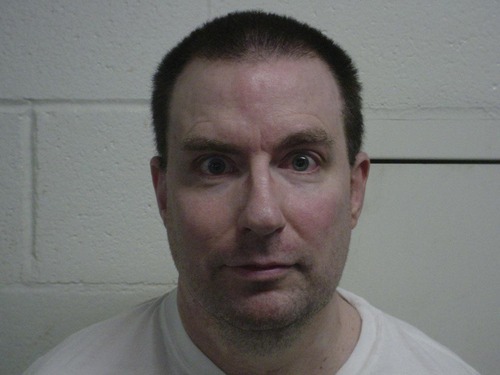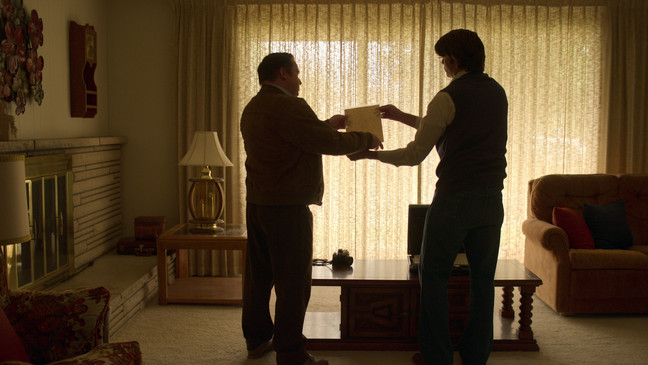Directed by Jared Hess (‘Napoleon Dynamite’) and Tyler Measom (‘An Honest Liar’), both raised in The Church of Jesus Christ of Latter-day Saints, ‘Murder Among the Mormons’ provides us with a comprehensive look at one of the most shocking crimes to have ever transpired in the religious community.
Of course, because the crime and its repercussions are at the base focus of it all, we also get to delve deep into the life and actions of the criminal mastermind behind it, Mark Hofmann. So now, if you’re here wondering precisely just how much of this limited series is rooted in reality, we’ve got you covered.
Is Murder Among the Mormons Based on a True Story?
Yes, ‘Murder Among the Mormons’ is based on a true story. As a three-part true-crime documentary series, this Netflix original chronicles all the aspects surrounding the infamous October 1985 Salt Lake City, Utah, pipe bombings that killed Steven Christensen and Kathy Sheets while injuring Mark Hofmann in the process. But as investigations soon revealed, Mark, a renowned dealer of rare documents, including the “White Salamander” letter – an artifact that threatened to shake the very foundations of the LDS Church – was not a victim. He was the perpetrator.

Mark Hofmann had begun forging papers as a teenager, developing what he believed to be an undetectable technique at the age of 14. Therefore, as the years passed by, he made a living from dealing in his fabrications, selling many purported records to the LDS Church and other galleries across America. These included an Emily Dickinson poem, the Anthon Transcript (which seemed to contain Egyptian figures that Joseph Smith had copied from the gold plates of Mormonism), letters by the Founding Fathers, complete with their signatures, and the infamous Salamander letter. He also made the “original” Oath of a Freeman.
However, even though Mark Hofmann dealt with a few originals to cover up his forgeries, his actions soon caught up with him, leading him to live a life in debt. In 1985, to clear his financial issues, he began the process of producing an extensive assortment of documents written by William E. McLellin, an early Mormon apostle who eventually broke with the LDS Church, calling it the “McLellin collection.” Mark talked about it to a few people and the Church quite early on, resulting in a lot of pressure on him from all sides to deliver. Therefore, to buy himself more time, he made two bombs and left them to be picked up by his chosen victims.

The very next day, on October 16, Mark Hofmann himself was severely injured when a third pipe bomb exploded in his car. Yet, it remains unclear whether it was a suicide attempt or if Mark had designed the explosive for Brent Ashworth, the document collector he was supposed to meet with that day. After investigators unraveled all these details in the months that followed, they charged and arrested Mark on a few counts of murder, fraud, theft by deception, and much more. A year later, in January 1987, Mark pleaded guilty, confessed, and was sentenced to life in prison.
The aftermath of Mark’s confessions was exactly how ‘Murder Among the Mormons’ portrayed it to be; he was excommunicated from The Church of Jesus Christ of Latter-day Saints, his wife filed for divorce, and his friends finally saw him as the deceiver he was. On September 15, 1988, Mark attempted an unsuccessful suicide, leaving him with permanent damage in his right arm. In other words, he can never forge documents again. So, just because of his greed and desire to embarrass a religious establishment, Mark Hofmann went to unimaginable extents that landed him behind bars.

“As far back as I can remember, I have liked to impress people through my deceptions,” Mark wrote in the four-page letter titled “A Summary of My Crimes” to the Utah Board of Pardons and Parole in 1988. “Fooling people gave me a sense of power and superiority.” He then detailed how money was not his objective at first but became it as he grew older. “In October 1985, it seemed like everything started to collapse around me,” Mark penned, giving a reason for his actions. “I felt like I would rather take human life or even my own life rather than to be exposed.”
Read More: Where is Mark Hofmann Now?


You must be logged in to post a comment.